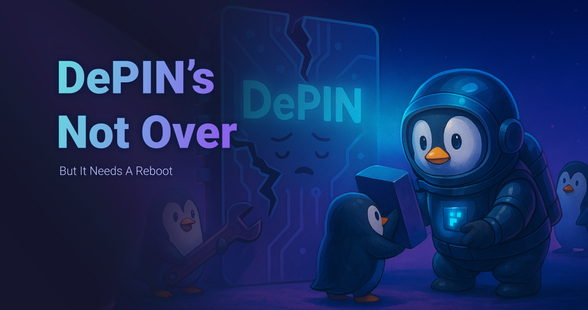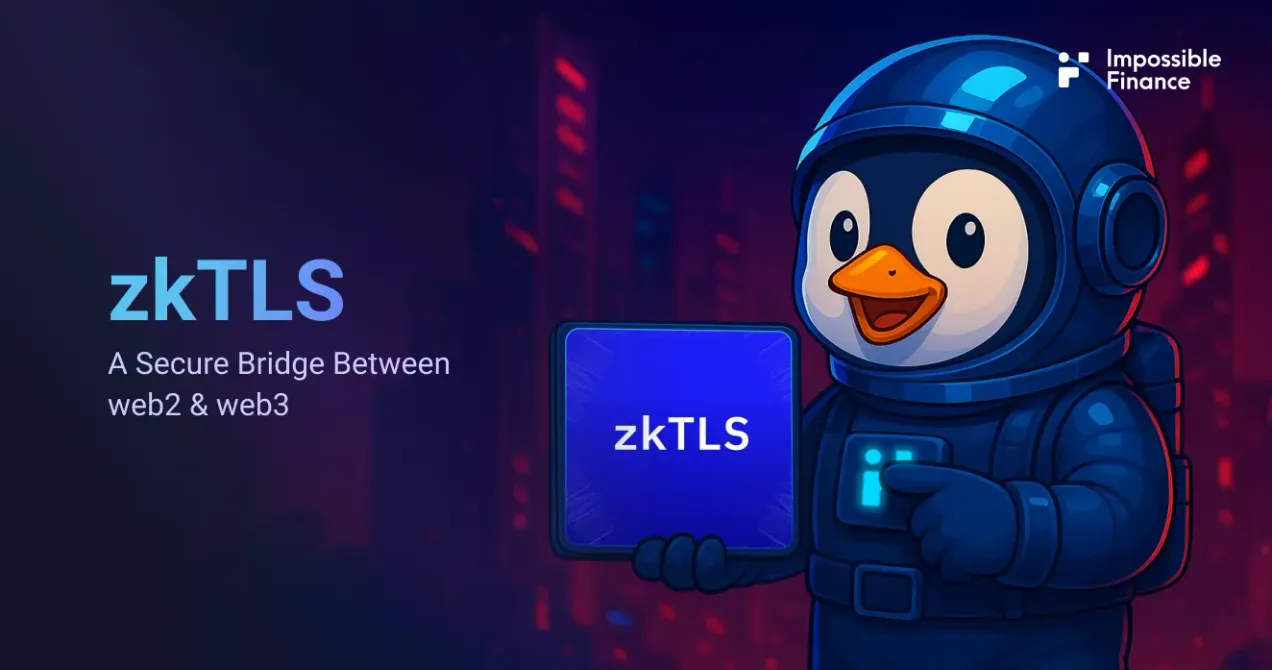
DePIN’s Not Over - But It Needs a Reboot
Is DePIN Dead?
DePIN (Decentralized Physical Infrastructure Networks) was once one of the hottest trends in Web3. With a vision of decentralizing physical infrastructure—such as storage, wireless networks, GPU computing, energy systems, and sensor data—DePIN attracted billions of dollars in investment between 2022 and 2024.
According to Onchain Magazine, by the end of 2024, the total market capitalization of DePIN projects had reached $25 billion USD ($15 billion from storage and $10 billion from IoT). Notable projects include Helium, Filecoin, Akash, Aethir and IO.
However, by mid-2025, DePIN’s growth has noticeably slowed down, largely due to newer and more captivating trends—most notably, artificial intelligence. According to Google Trends, when comparing search interest for “DePIN” versus “AI Agent,”
DePIN appears almost flatlined by comparison.
And if we compare DePIN to the breakout sensation of early 2025 — Pump.fun — DePIN still seems to be falling behind
Moreover, most projects still rely too heavily on token incentives. For example, IO—according to Messari—saw its revenue grow, yet its market capitalization dropped by 71.4%, down to just $108 million, largely due to a 74.9% decline in token price. It’s hard not to view this as a case of printing tokens in exchange for revenue.
As for Akash, since 2022, their daily new lease count has barely changed, fluctuating around 100–200 per day.
Challenges That Have Caused DePIN to Drift Away from the Web3 Spotlight
- Specialized knowledge required – Users need a solid understanding of hardware and electronics, as well as the technical know-how to run a node. Most users aren’t familiar with terms like SSD, RAM, or CPU, let alone how to configure them properly
- Subpar user experience – Most DePIN projects have yet to properly invest in UX/UI. Node management interfaces remain complex, and there’s a lack of unified dashboards or intuitive controls.
- Limited token utility – Most DePIN tokens are only used internally within their respective projects, offering few practical applications beyond the native ecosystem. As a result, node operators tend to sell the tokens they receive rather than hold or reinvest them
- Fierce competition from centralized cloud platforms – According to expertbeacon, nearly 80% of the market share in 2024 was dominated by AWS, Google Cloud, and Azure. Meanwhile, HG Insights reports that between 2024 and 2025, AWS gained over 5,000 new customers per day on average. For many businesses, centralized cloud infrastructure still appears to be the least risky and most reliable option.
- Low reliability – Imagine you're using someone else's hardware to train an AI model. One day, they suddenly stop offering resources or encounter a technical failure—your training gets disrupted. Who do you blame? In the DePIN model, there's no direct accountability: the network is only an intermediary, and you likely have no information about the hardware provider. In contrast, with centralized platforms, you know exactly who’s responsible and where to turn..
Catalysts Needed to Revive DePIN
We can summarize the key challenges above into four areas that need to be addressed:
- Lowering the barrier to participation in DePIN
- Enhancing more utilities for token
- Expanding the target customer base
- Improving reliability and trust
Lowering the barrier to participation in DePIN
In the world of DeFi, we’ve already seen many projects adopt similar aggregator models. As early as 2020, yEarn Finance helped users optimize yield farming strategies, and in recent years, projects like Morpho have emerged to streamline lending strategies.
Likewise, if we had dedicated projects acting as intermediaries—connecting individuals who own hardware but lack technical know-how—with DePIN networks, it would make DePIN much more accessible to the average user.
Enhancing more utilities for token
Of course, for emerging platforms, token incentives are essential to attract traction on both the supply and demand sides. However, to ensure that token issuance doesn’t become meaningless, we need dedicated business development (BD) teams to build partnerships and expand the token’s utility across other projects.
One approach is to enable the token to be used as collateral for loans. Another is to develop complementary products and services, gradually building an ecosystem around the core network—thereby increasing the real utility and economic value of the token.
Expanding the target customer base
Most DePIN projects primarily cater to retail users—individuals who typically own limited hardware and are mainly interested in farming token incentives.
By contrast, the customer base of centralized cloud platforms is dominated by SMBs and startups, which also happen to be the fastest-growing customer segment, with both groups growing 28% year over year from 2023 to 2024.
For instance, ICN (Impossible Cloud Network) has already achieved $6 million in Annual Recurring Revenue (ARR), serving 1,000+ real-world enterprise clients. Their infrastructure currently supports over 50 PB of live data across countries like Germany, the Netherlands, Poland, Denmark, the UK, and the US—with an additional 250+ PB in the pipeline throughout Europe and the US.
Improving reliability and trust
This doesn’t mean decentralization has to be sacrificed. In most cases, renters are already required to stake a certain amount of tokens. However, projects could go a step further by protecting renters’ rights through the creation of a reserve fund.
This fund could be used to compensate renters for any damages or disruptions caused by hardware providers—for example, if a node crashes or GPU access is lost unexpectedly. Conversely, if a renter submits a malicious or overloaded workload that causes the node to freeze or burn out RAM, there should also be mechanisms in place to compensate the provider.
Conclusion
DePIN isn’t “dead”—it’s simply waiting for the right catalysts. It’s not that DePIN projects lack users, but perhaps we’ve been targeting the wrong segments and overlooking key areas for improvement.
DePIN may never again be the hot keyword it once was, but I believe it will continue to evolve—much like DeFi has over time. And someday, we may see certain DePIN projects rise to the level of giants like Uniswap or Aave.


